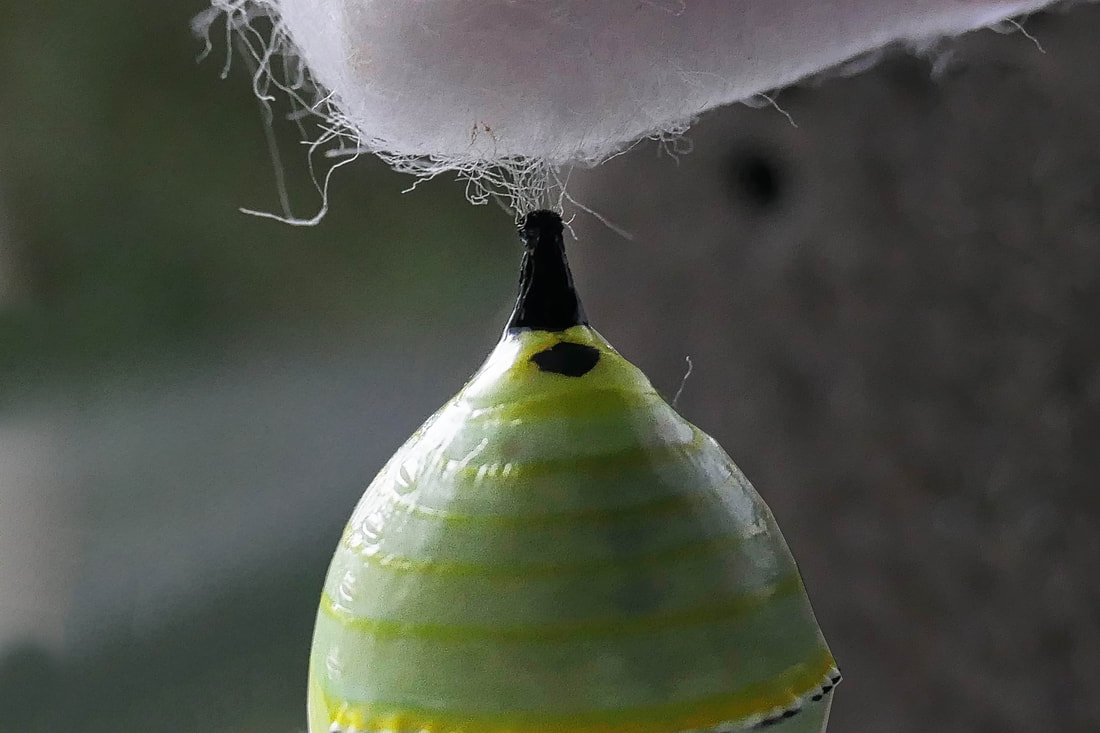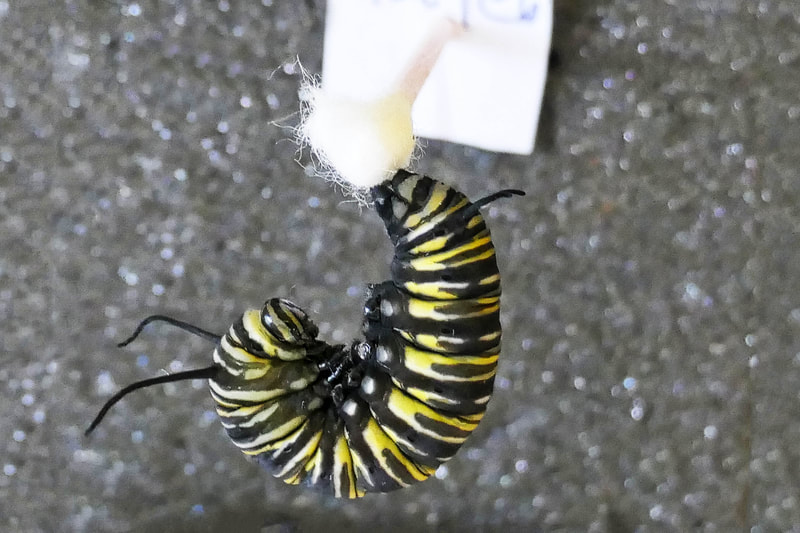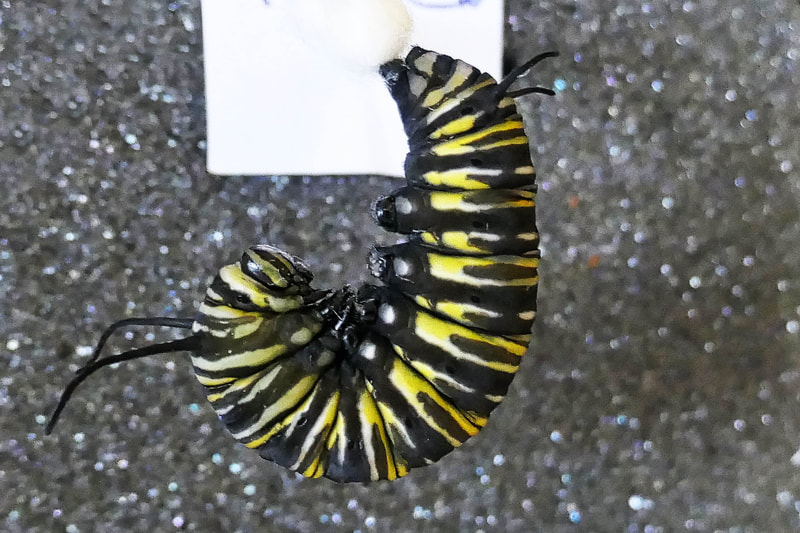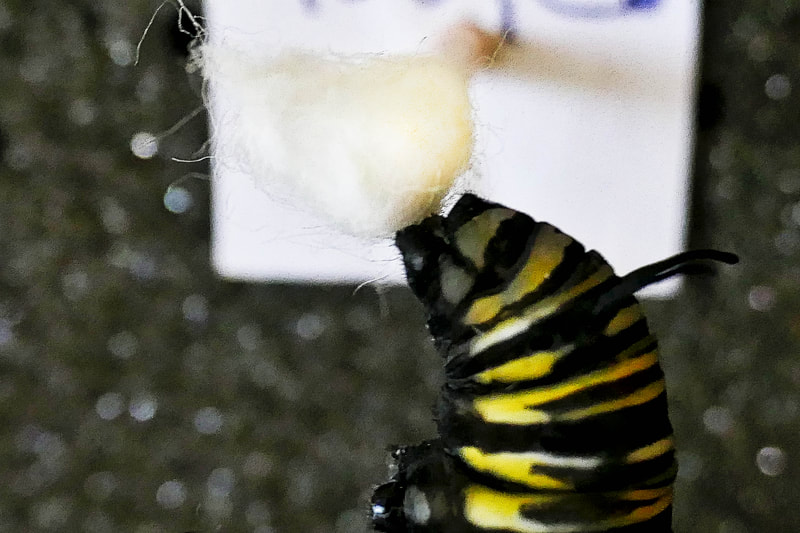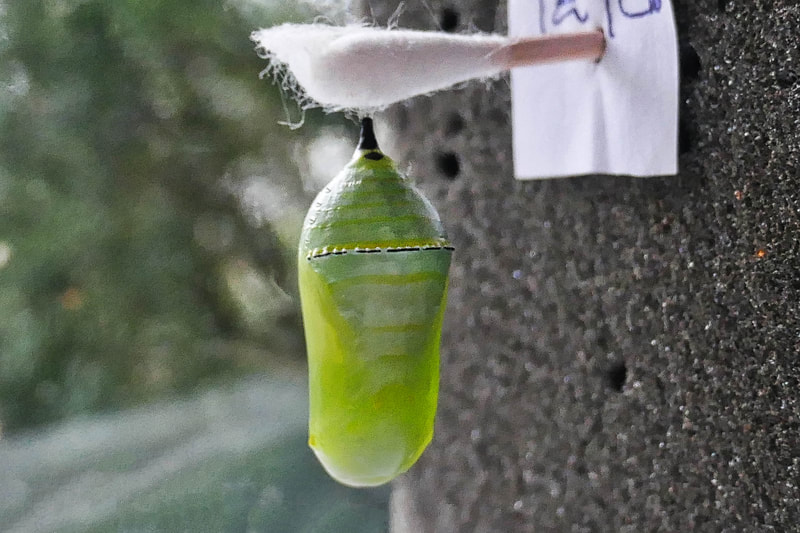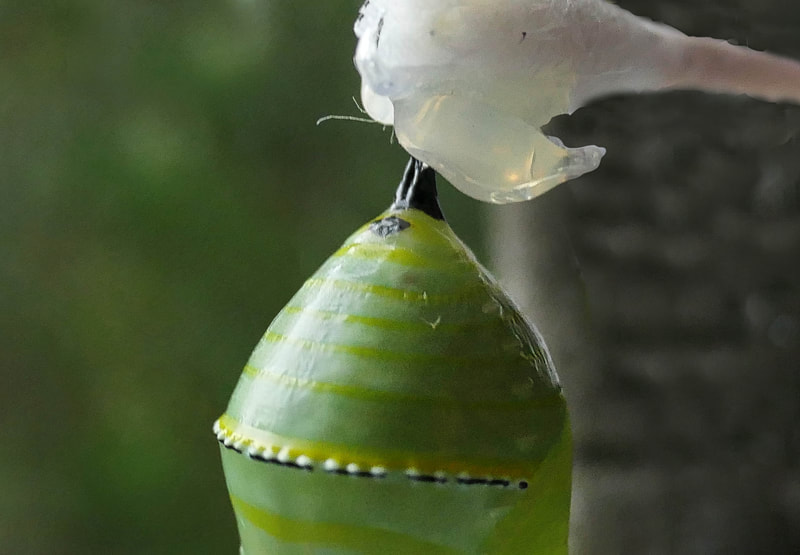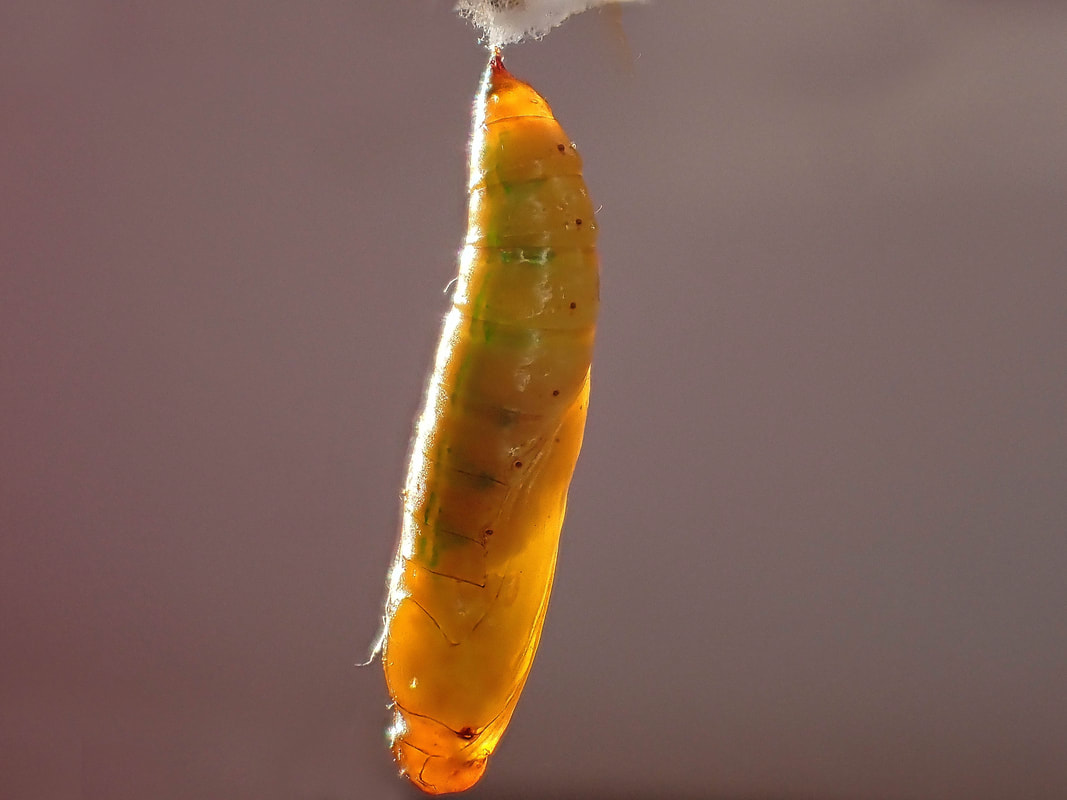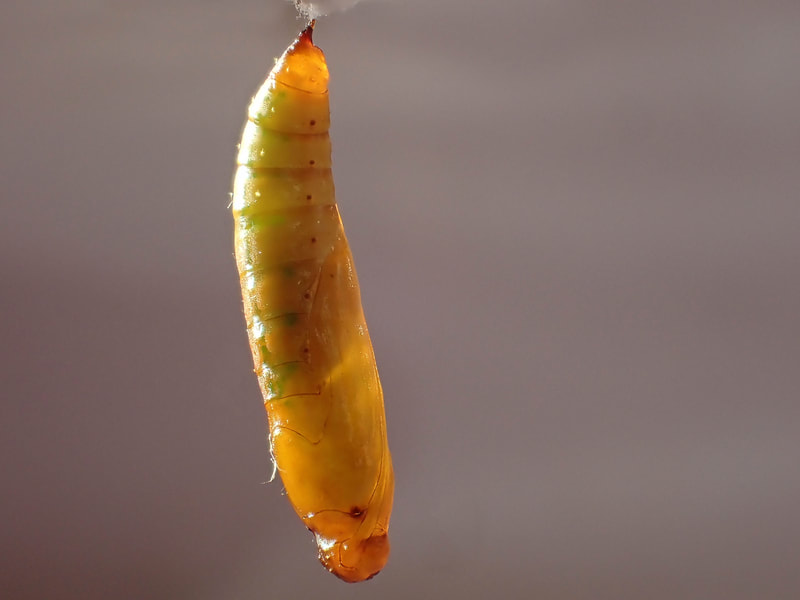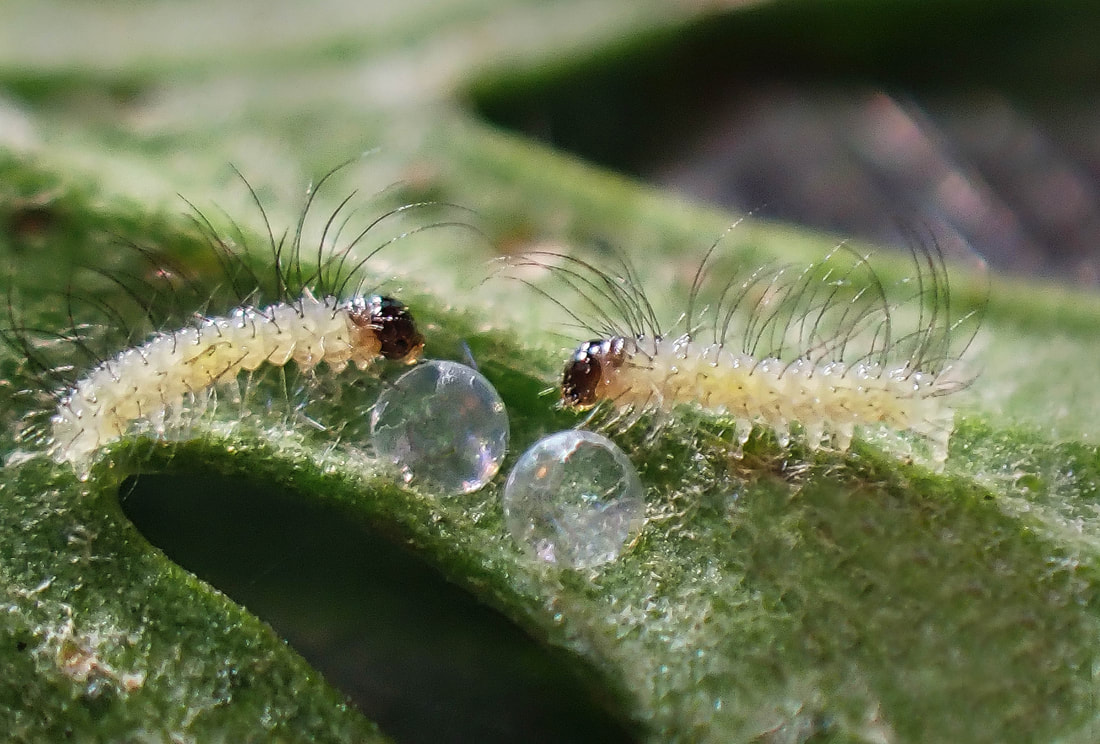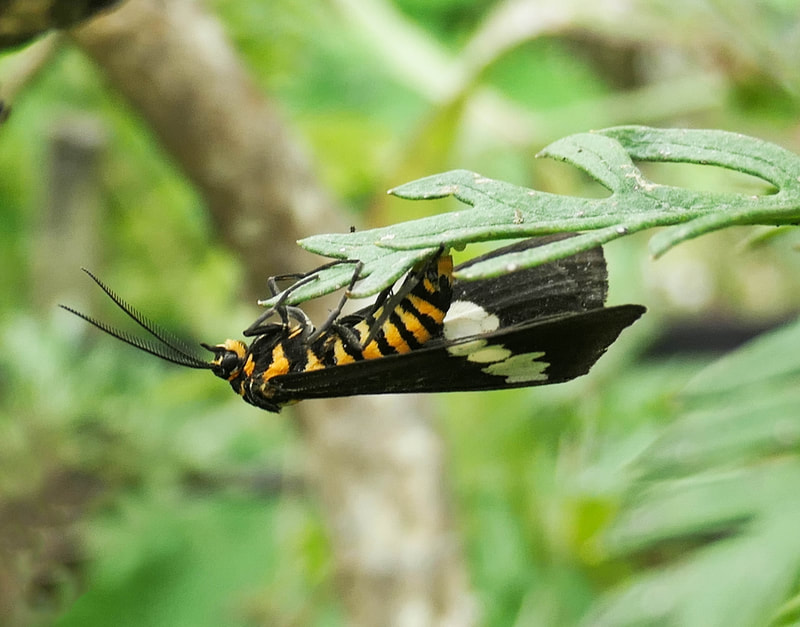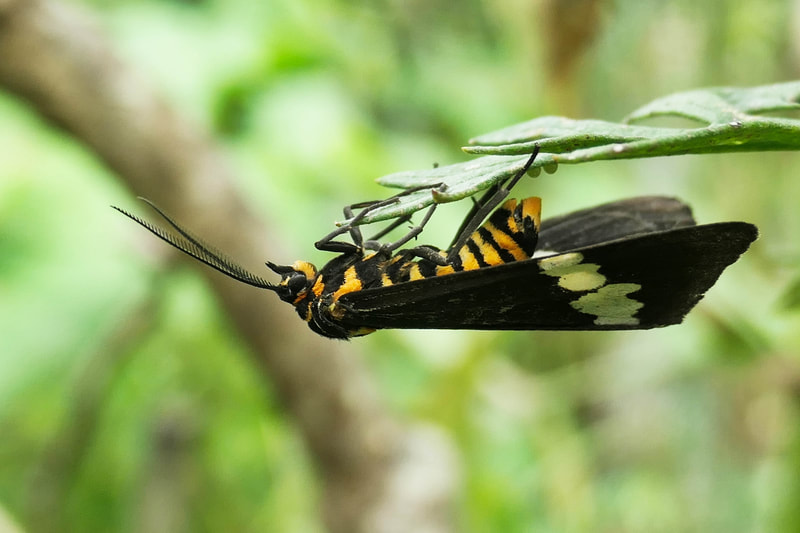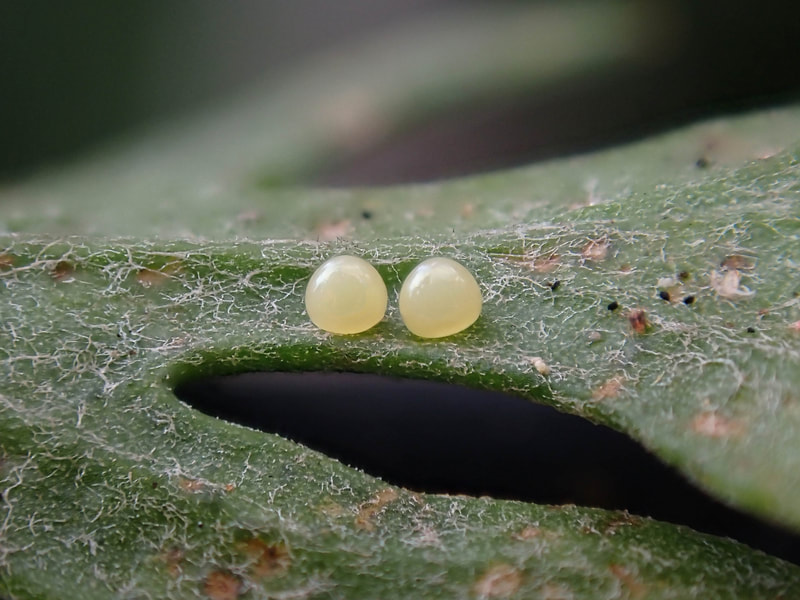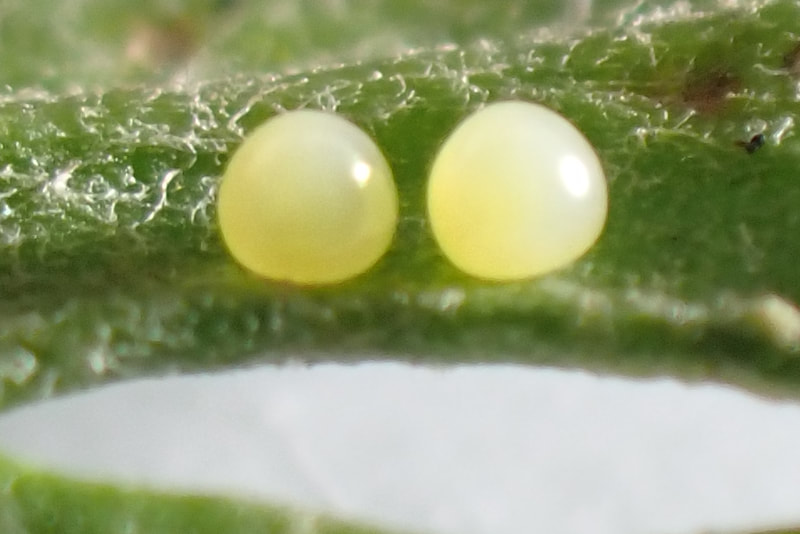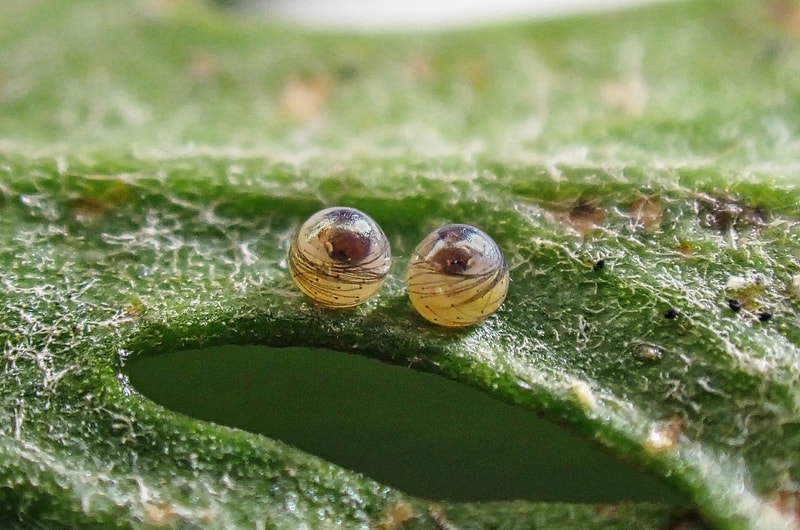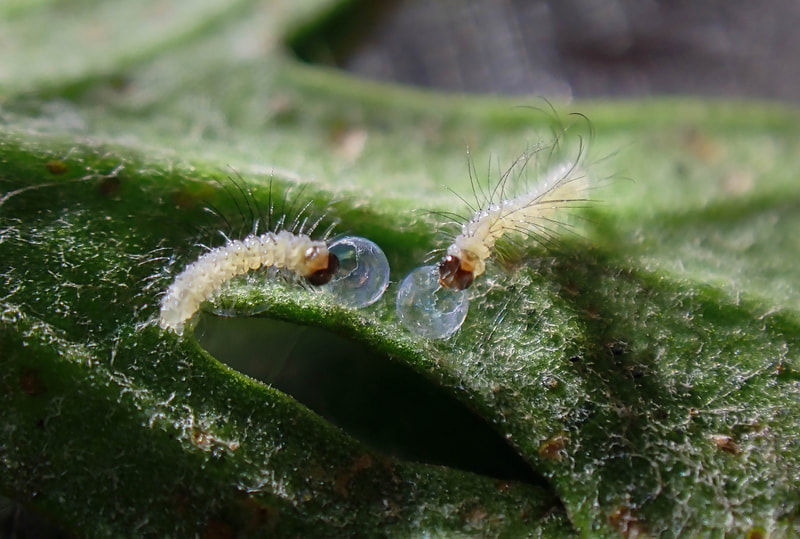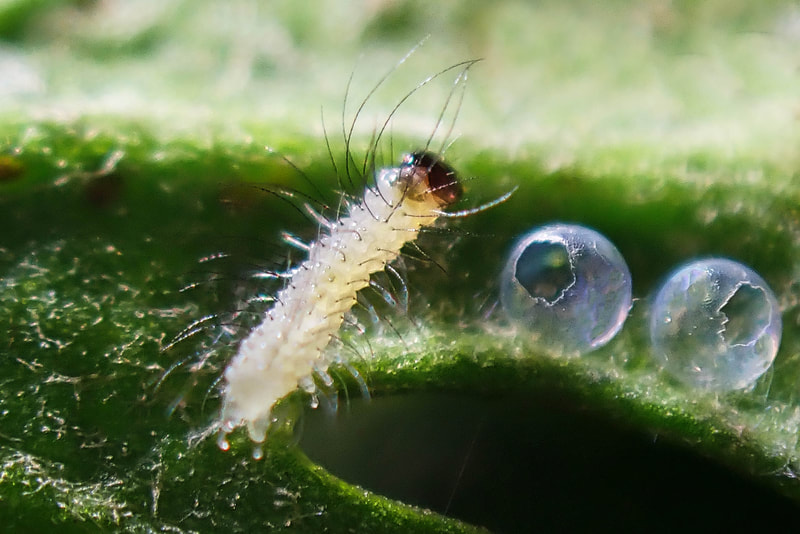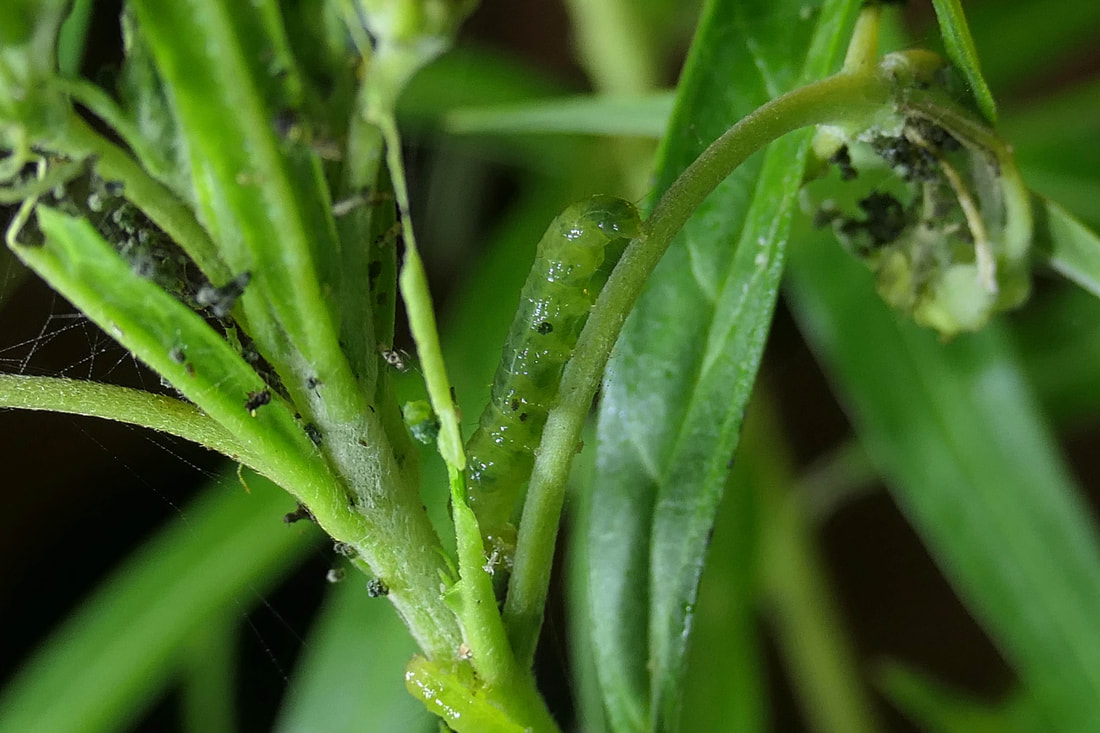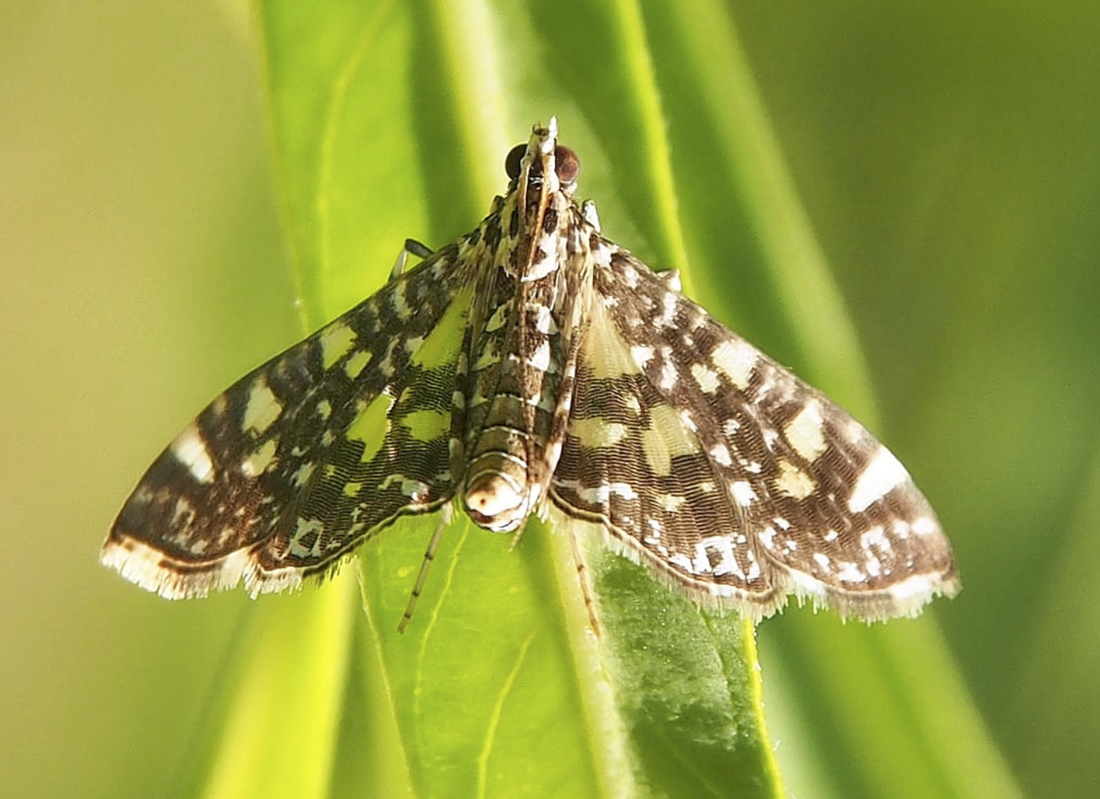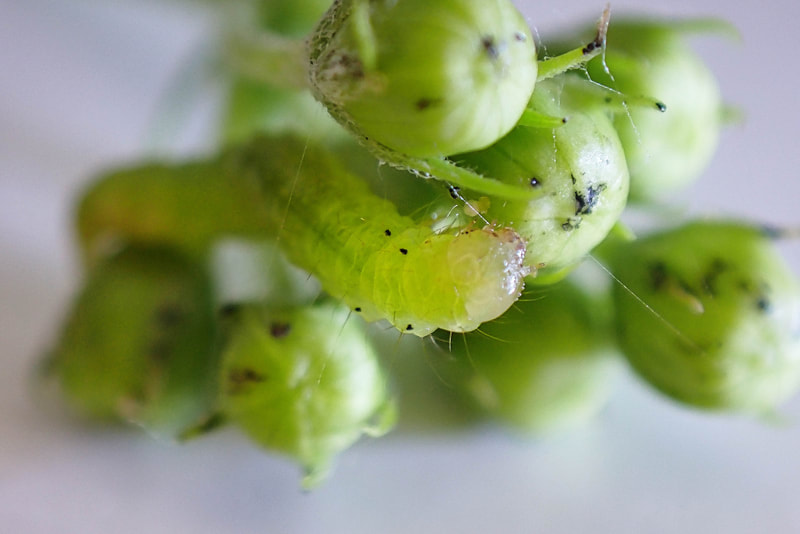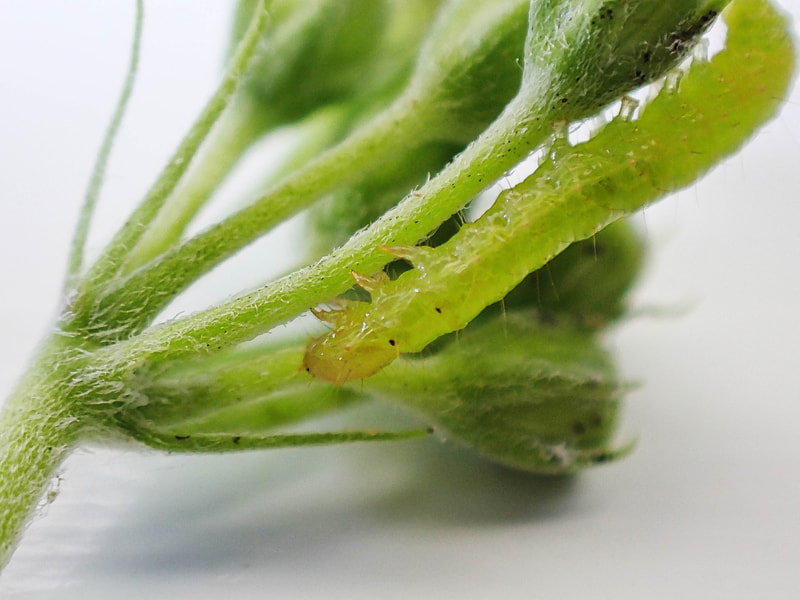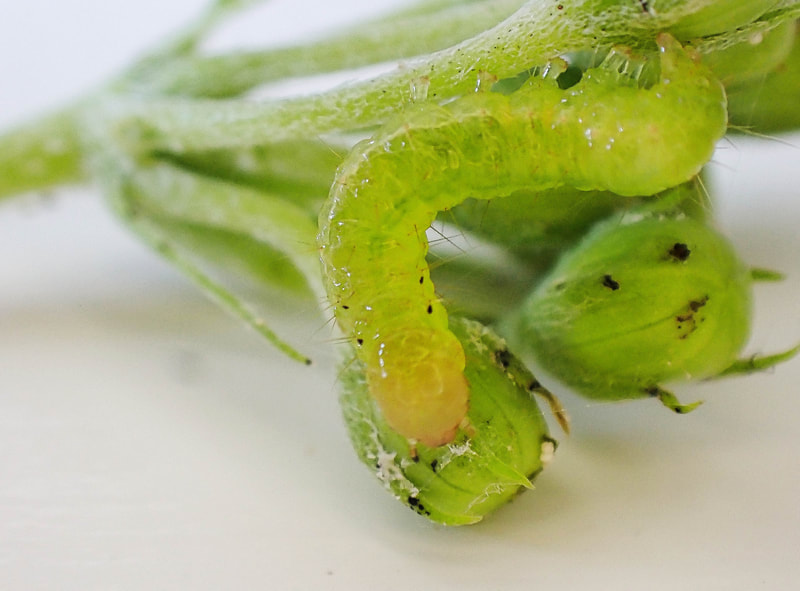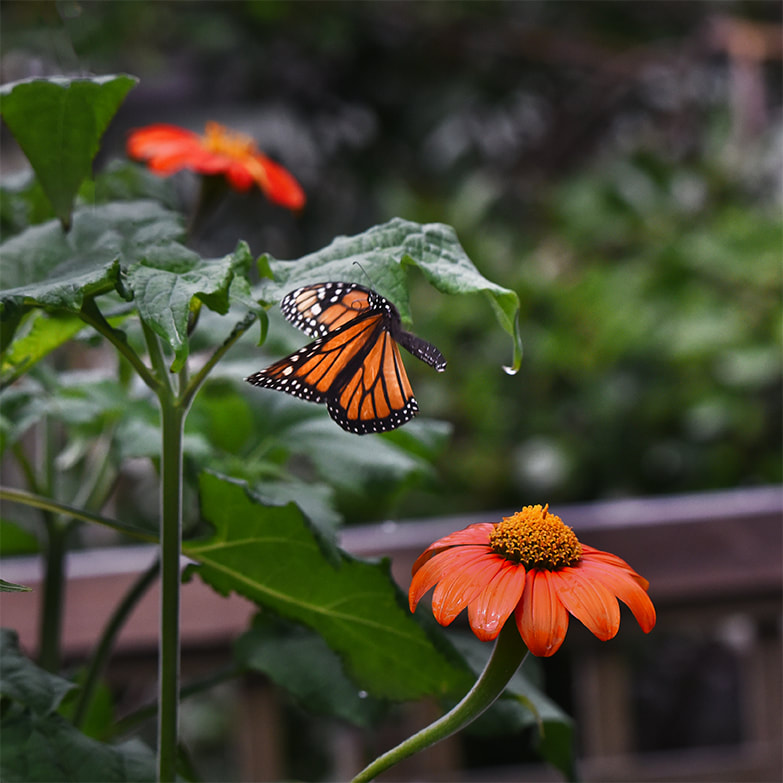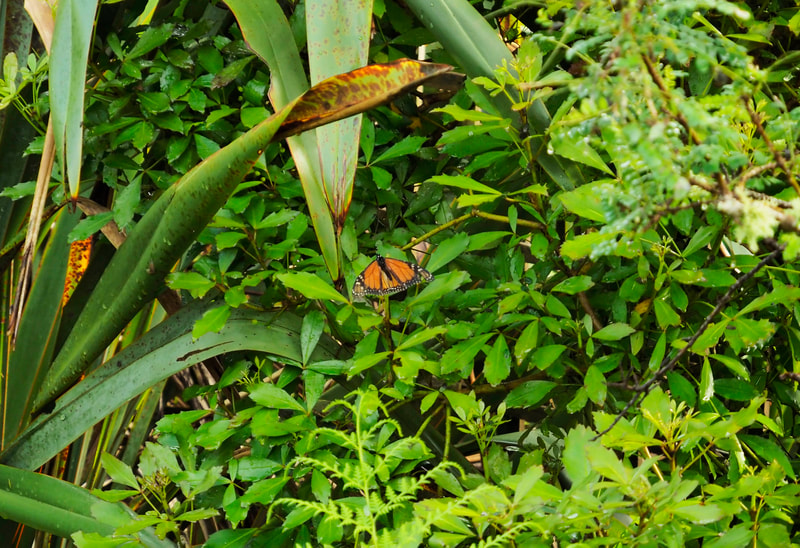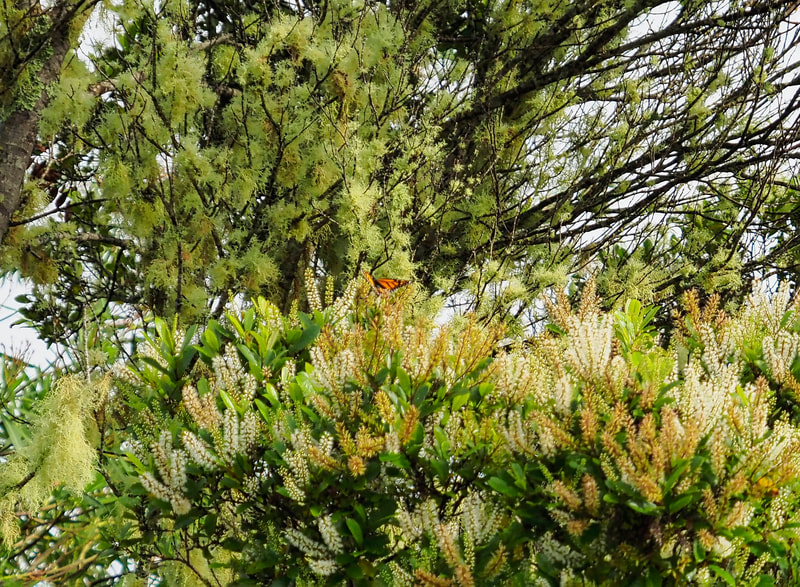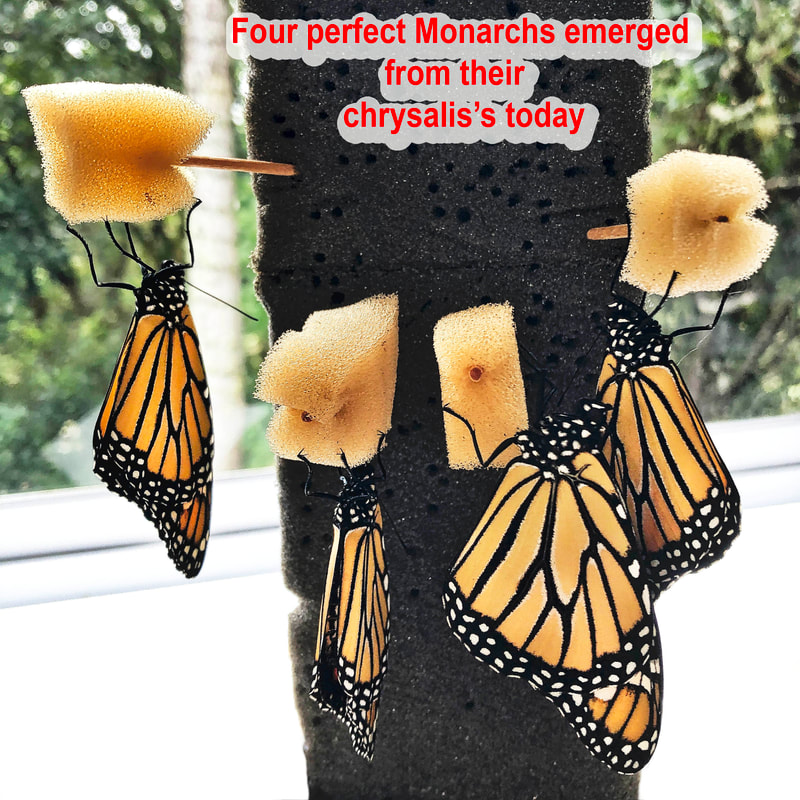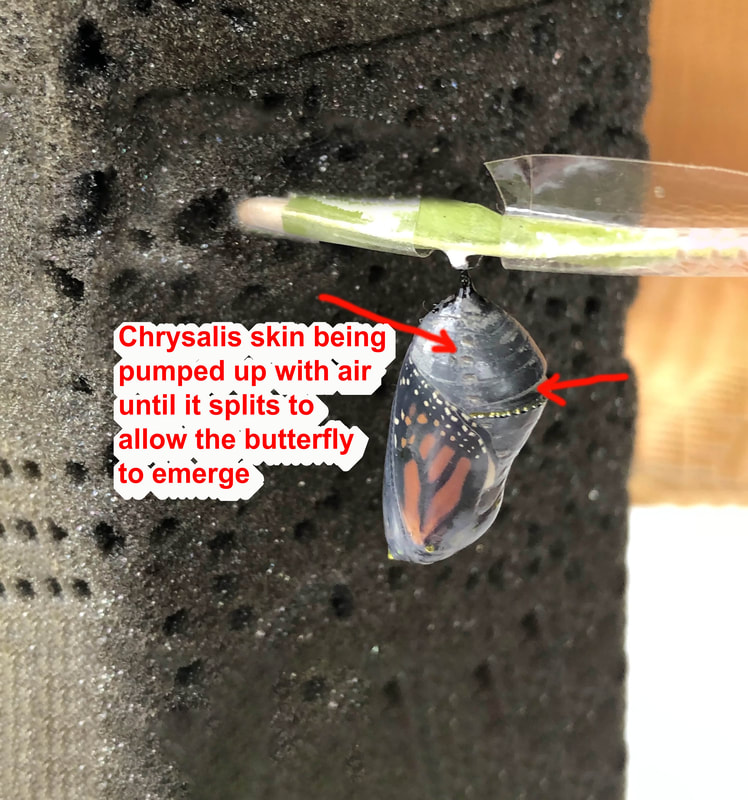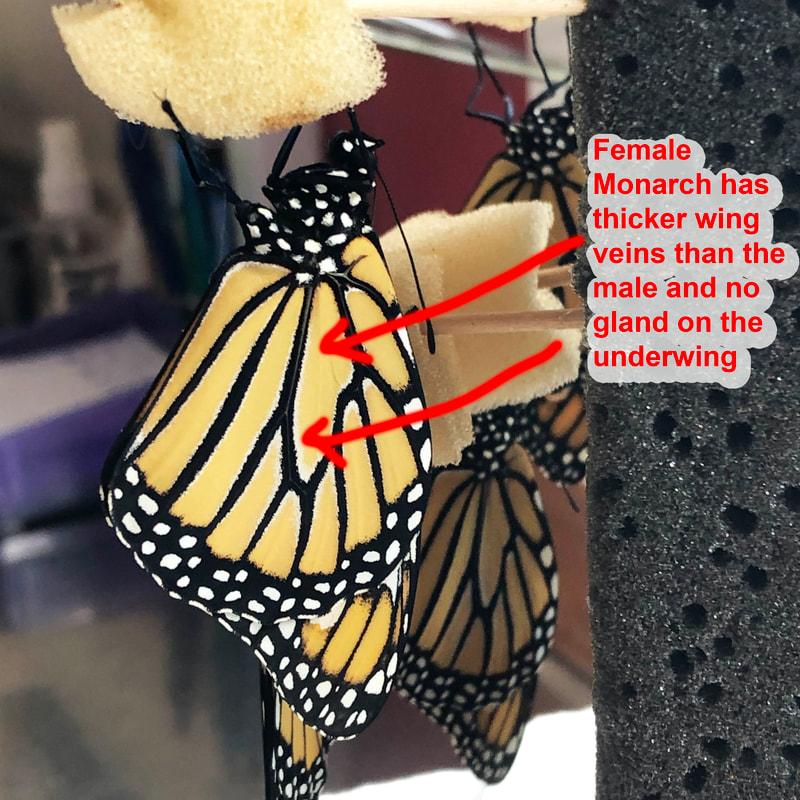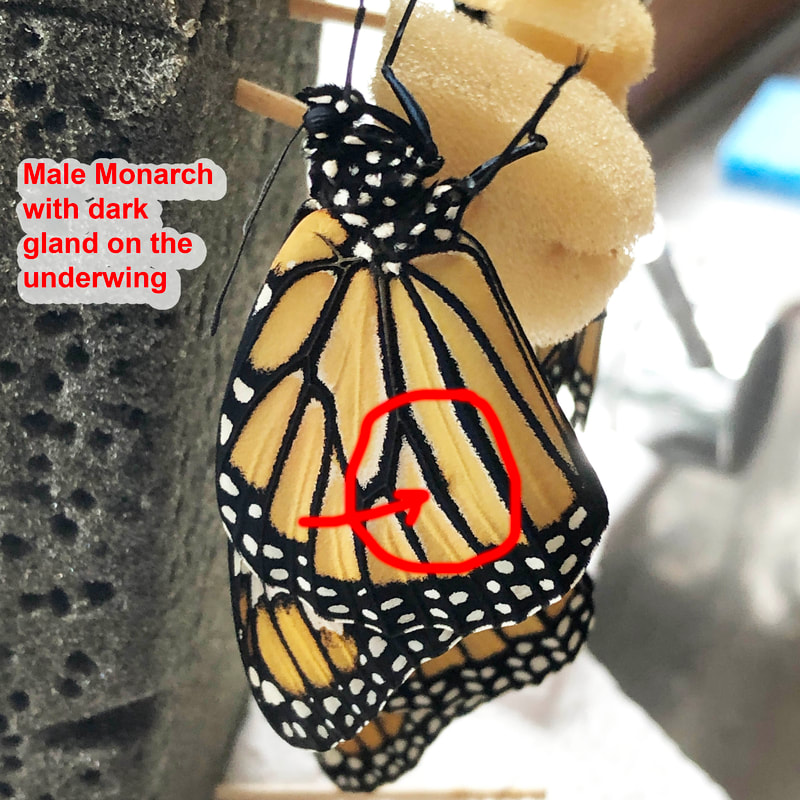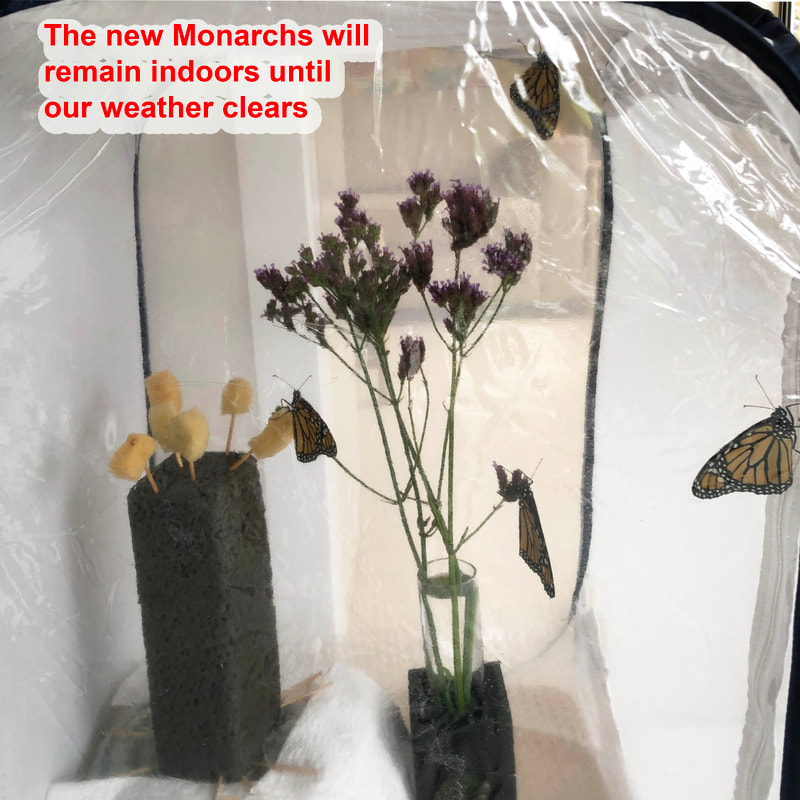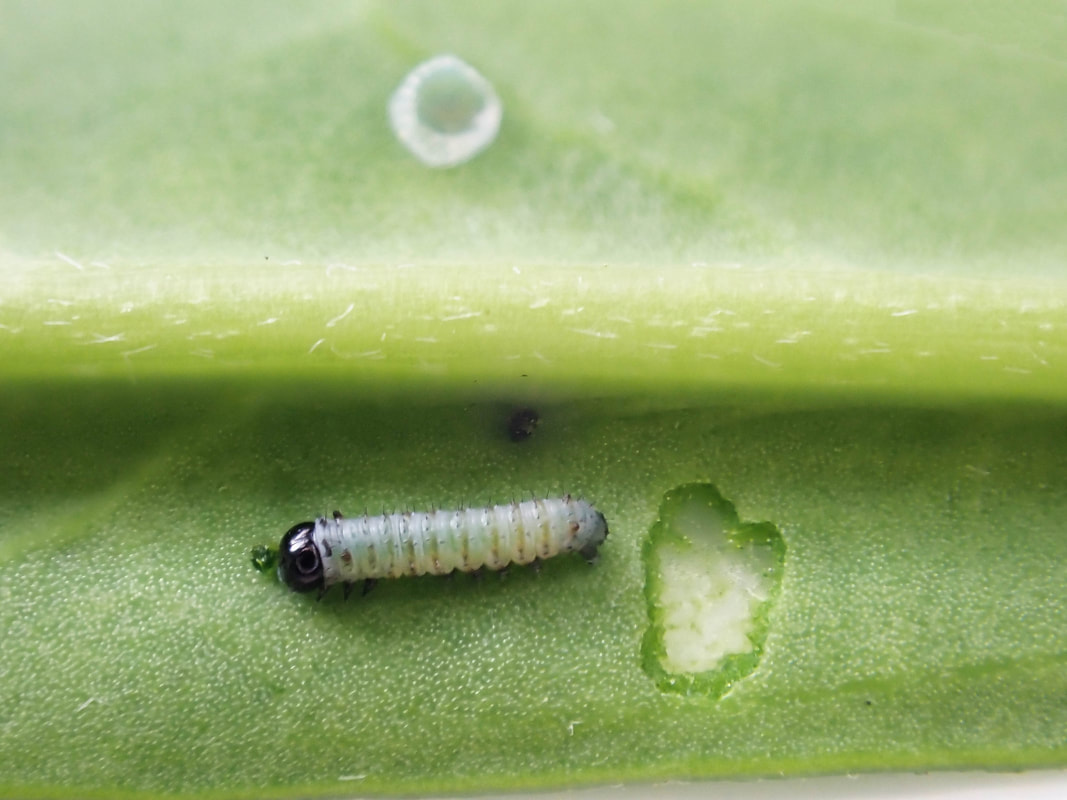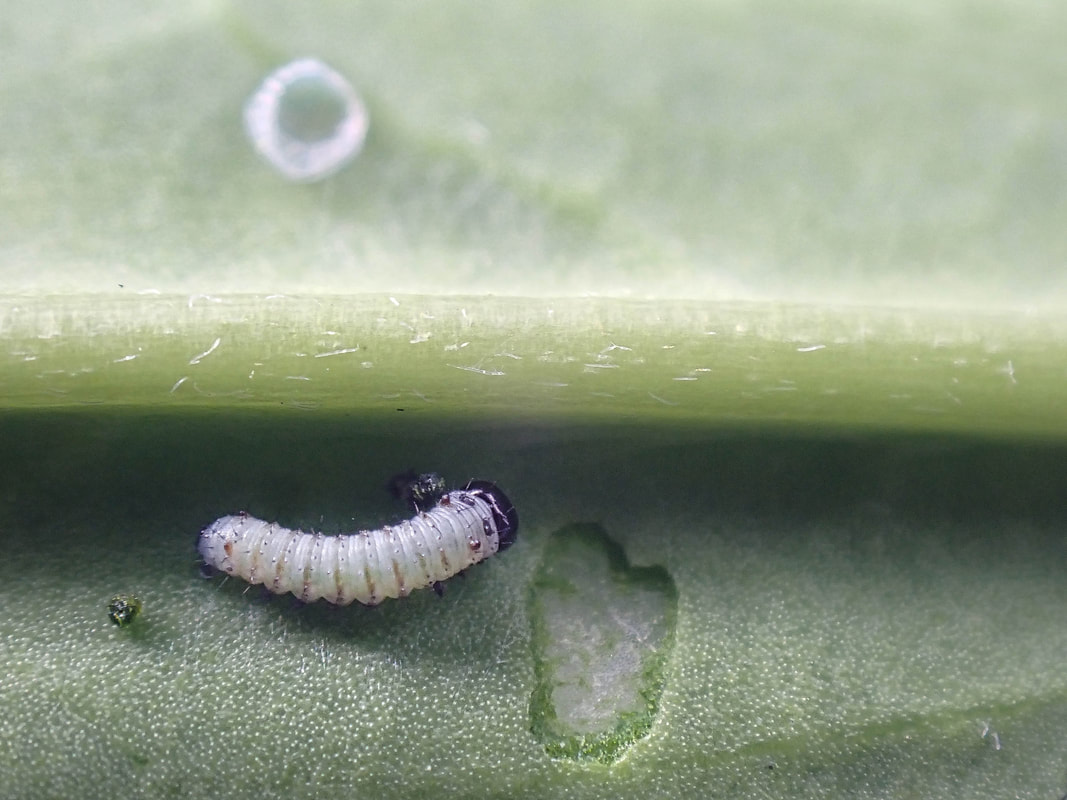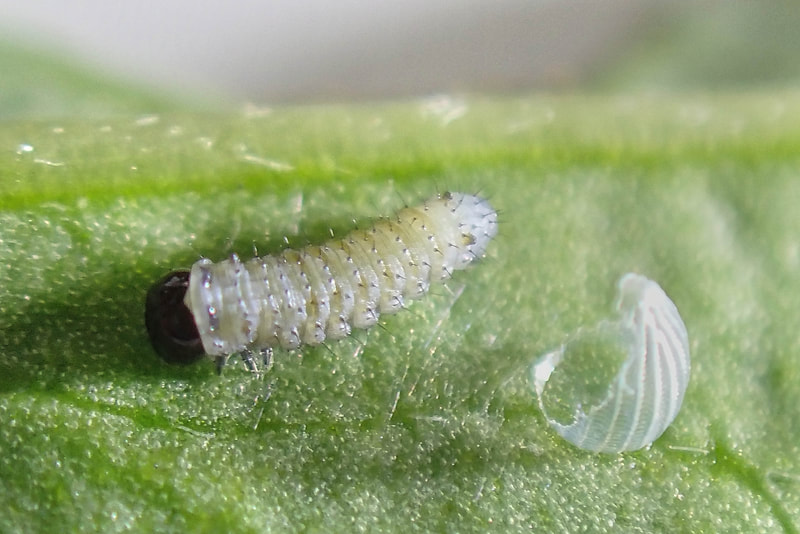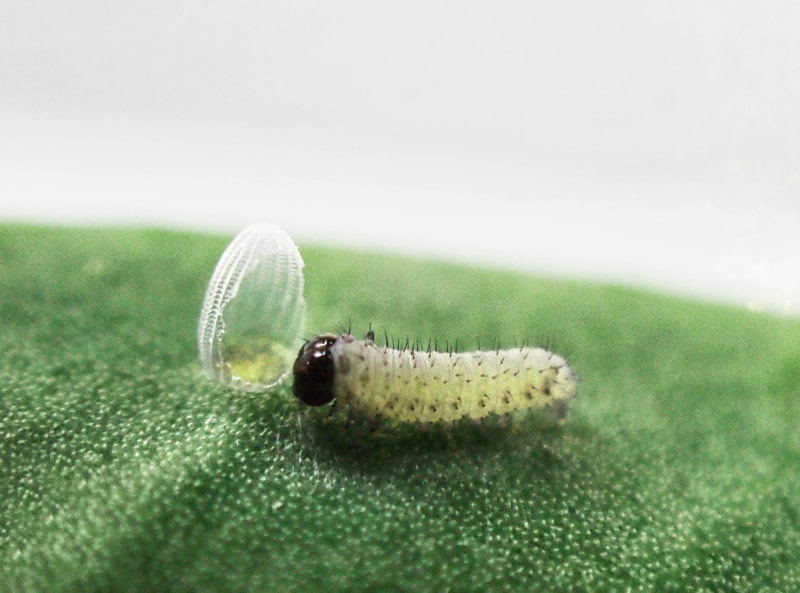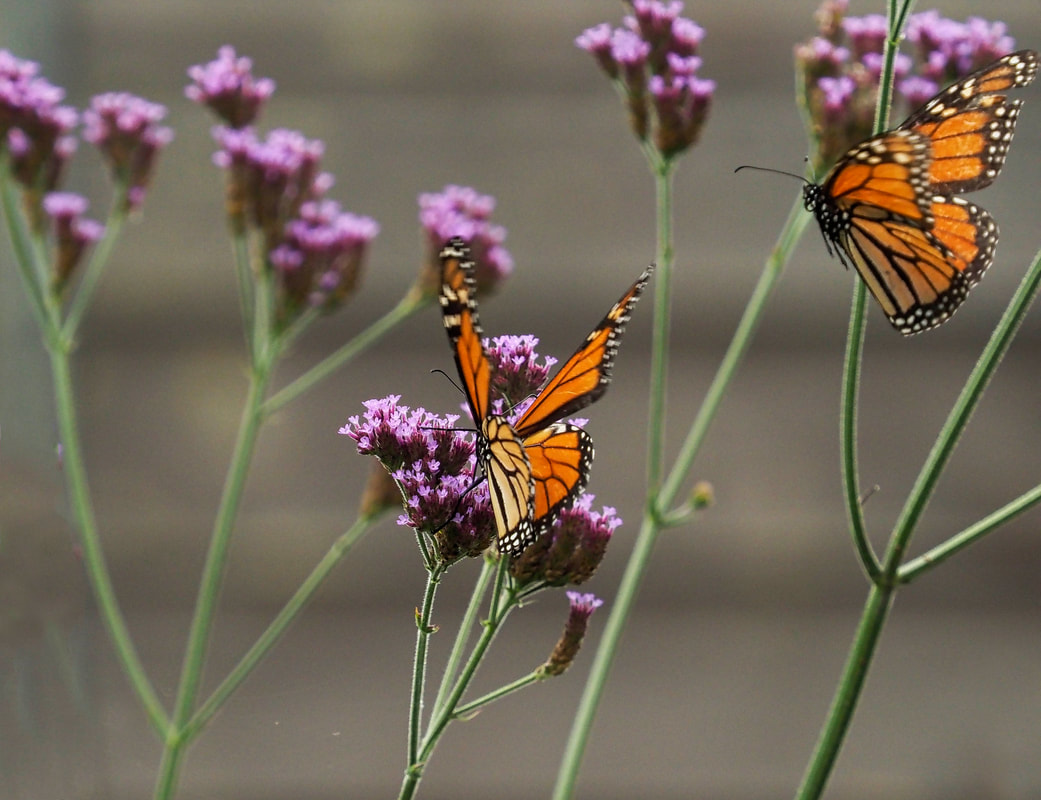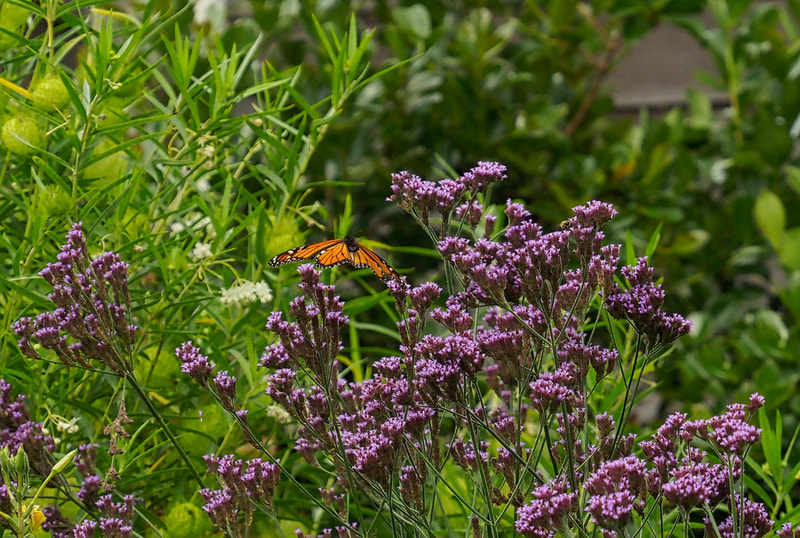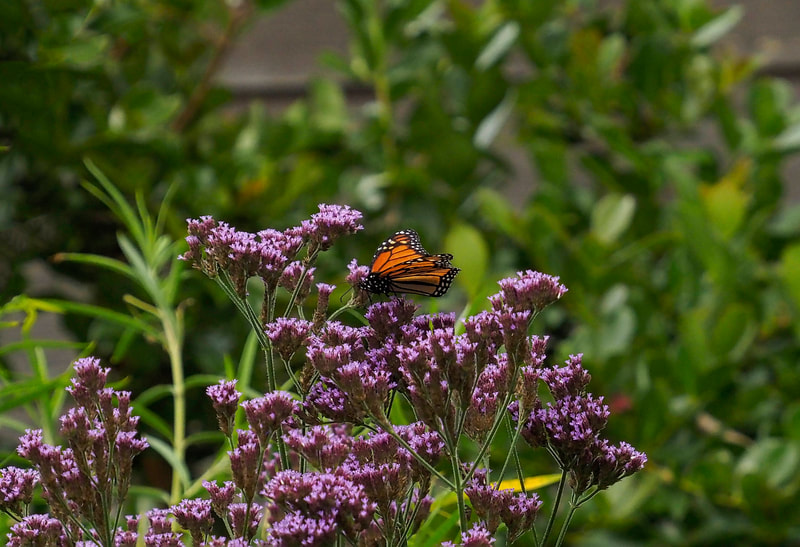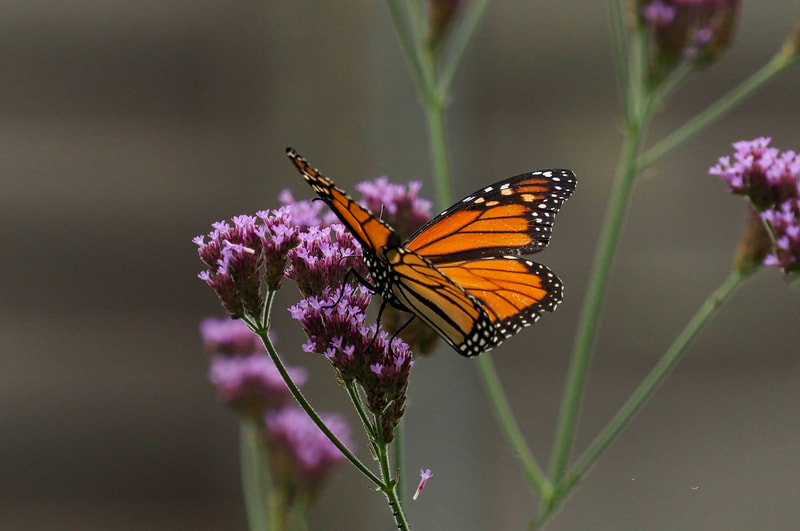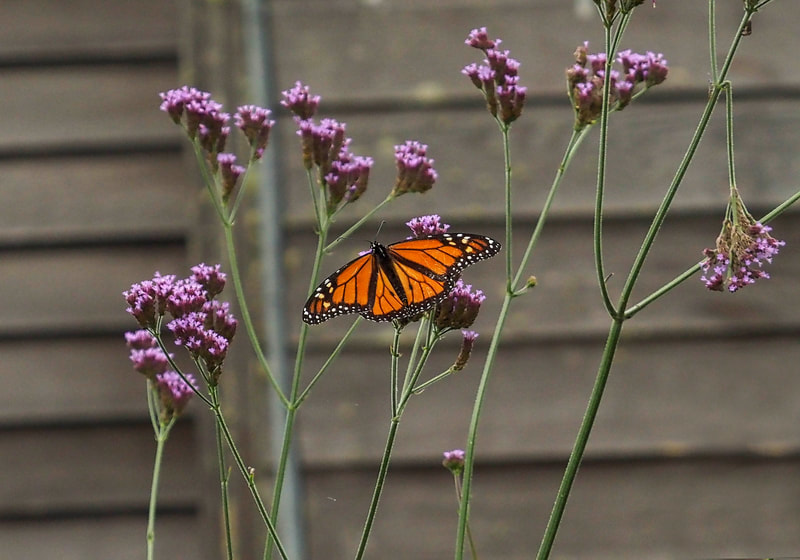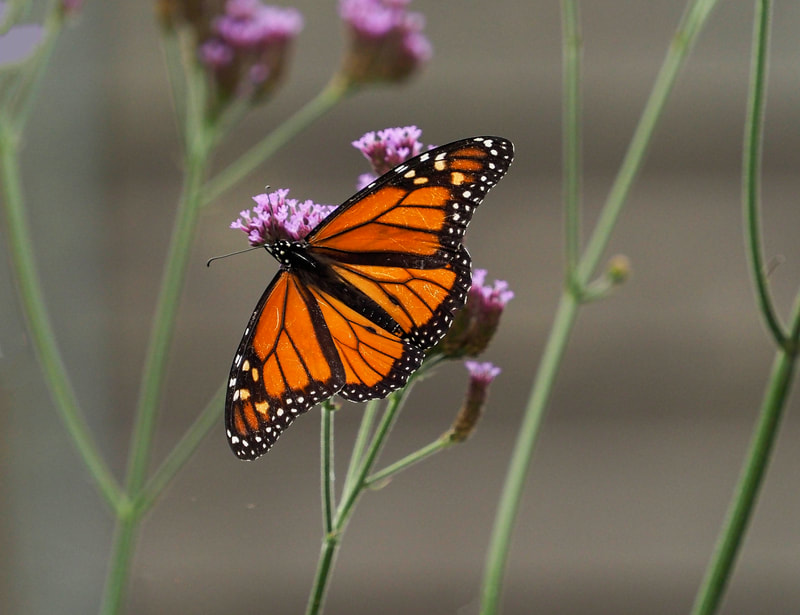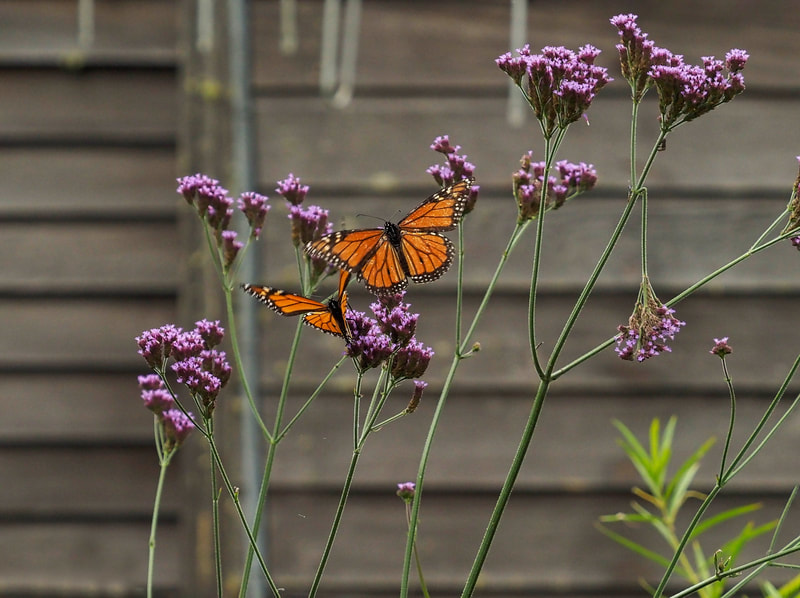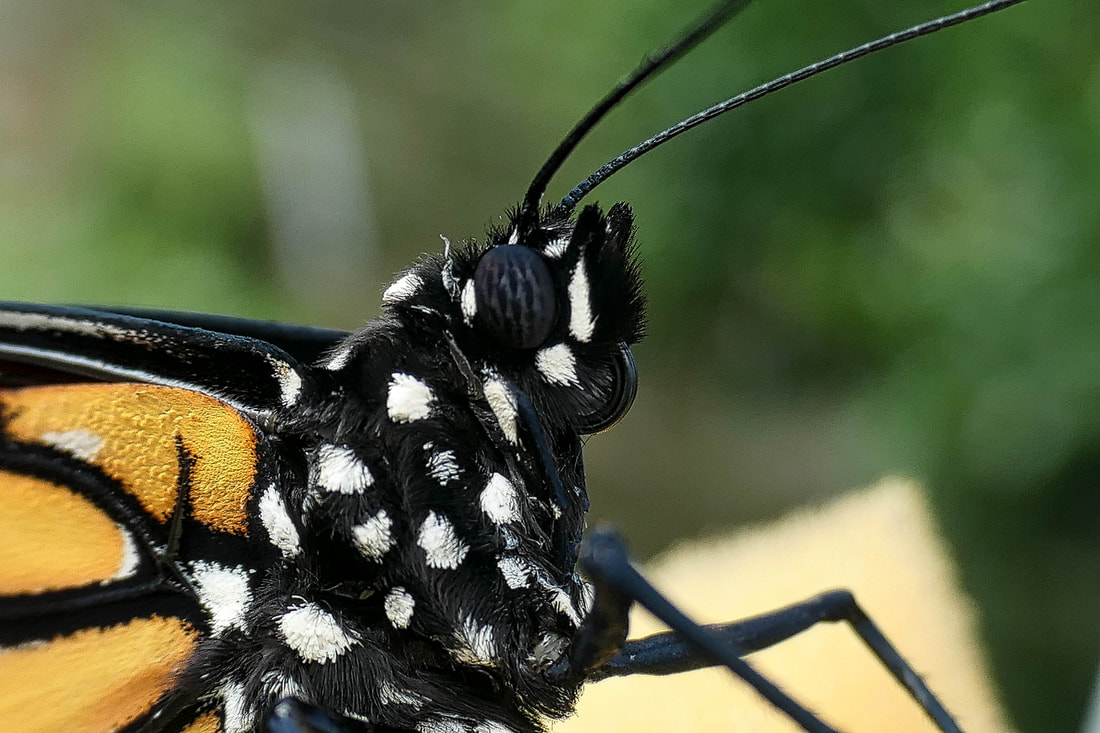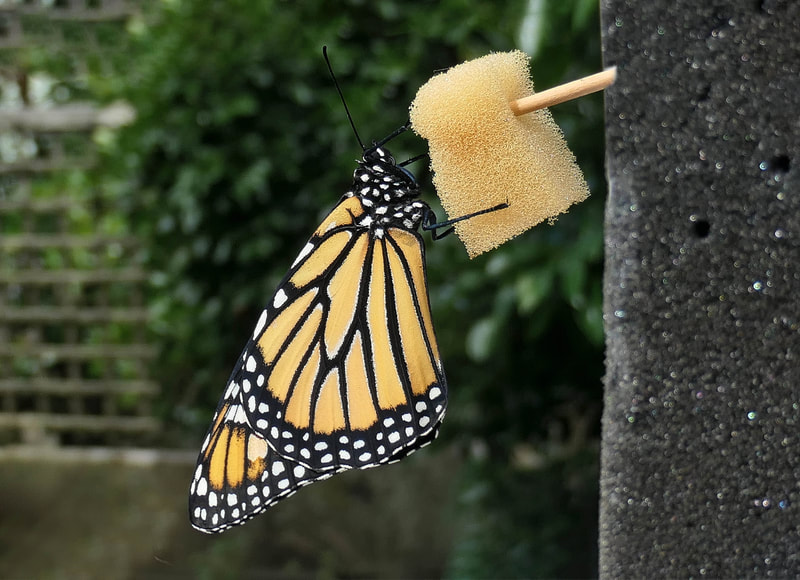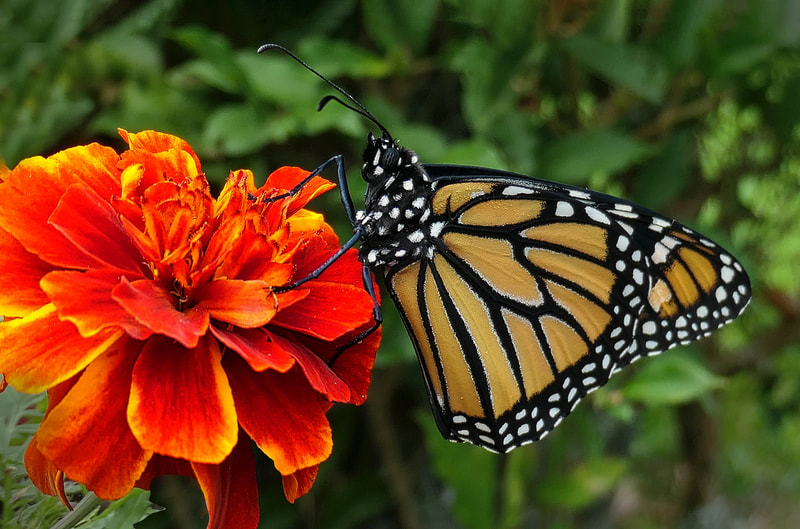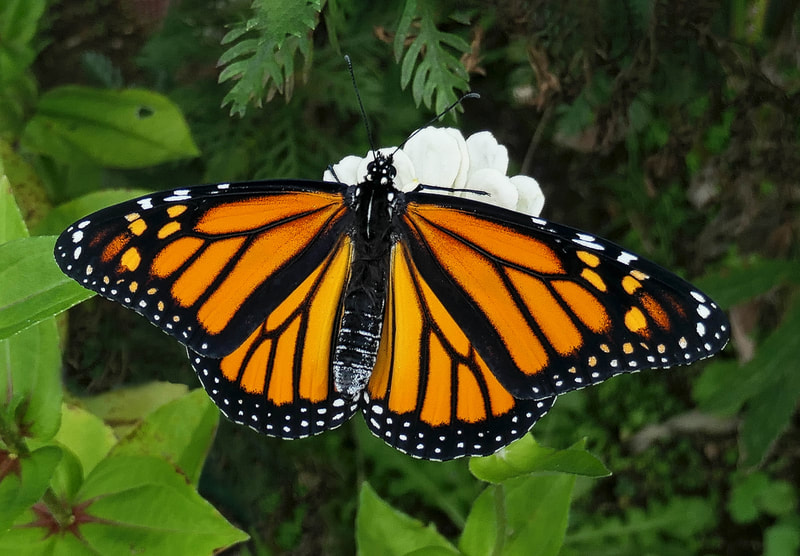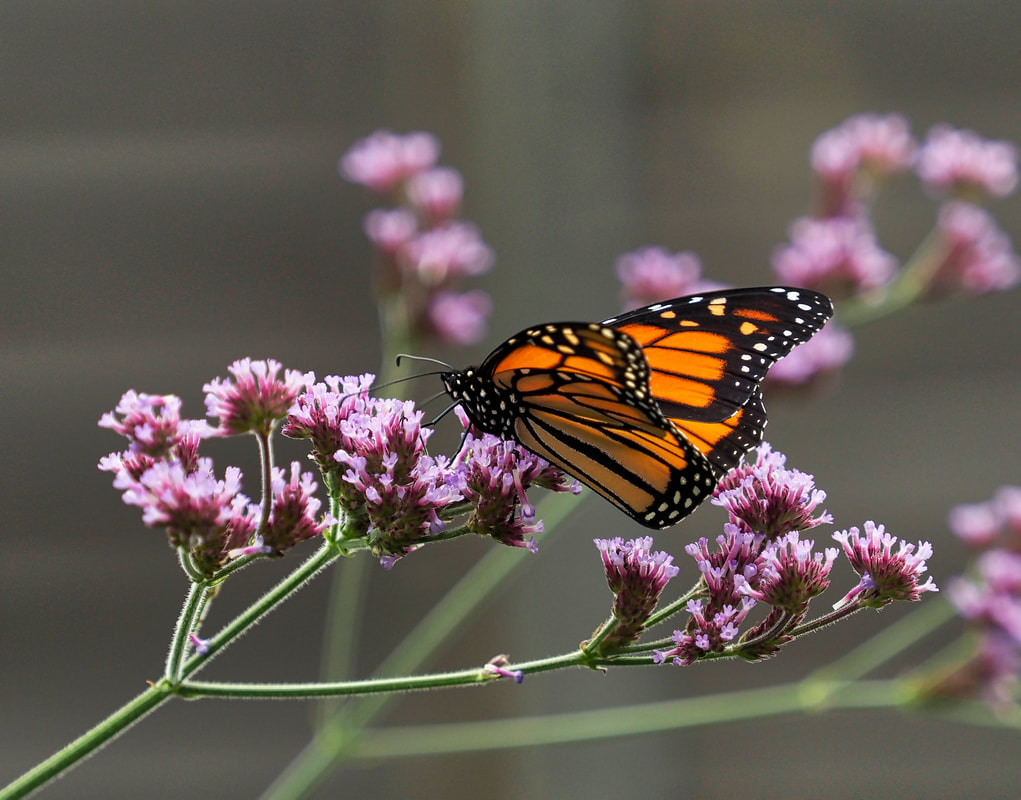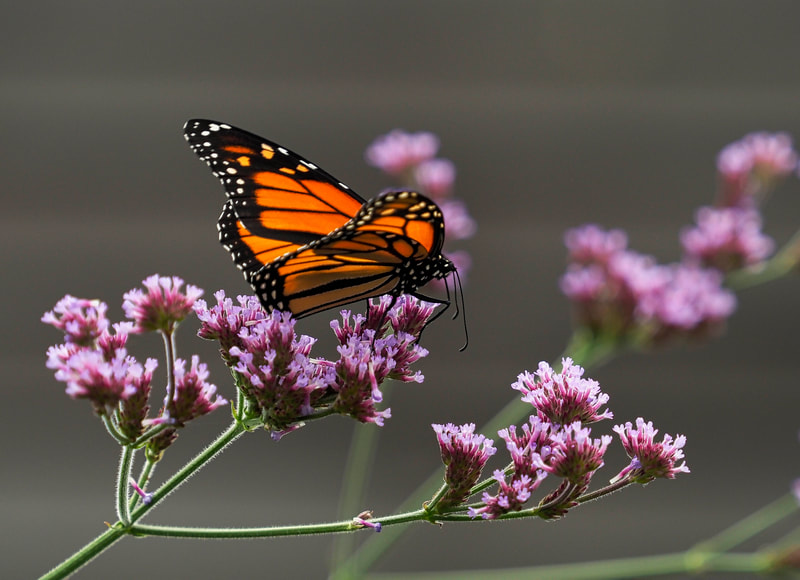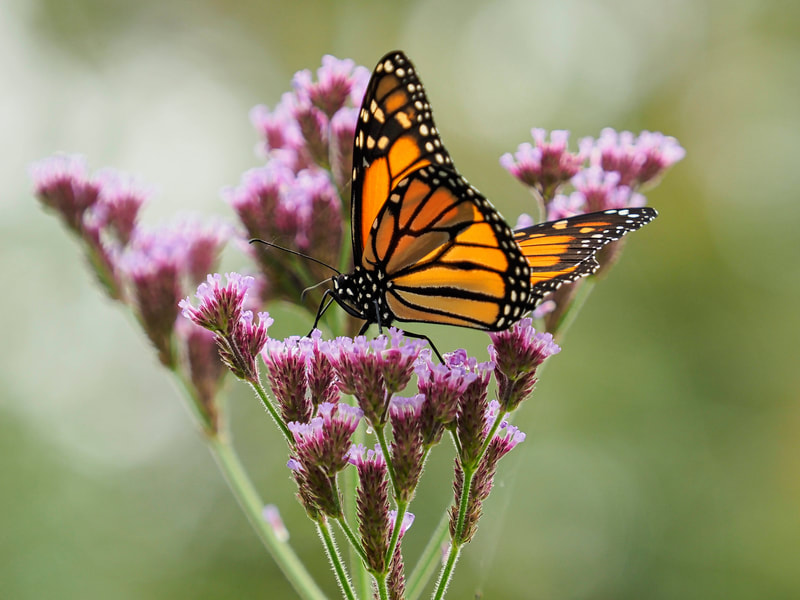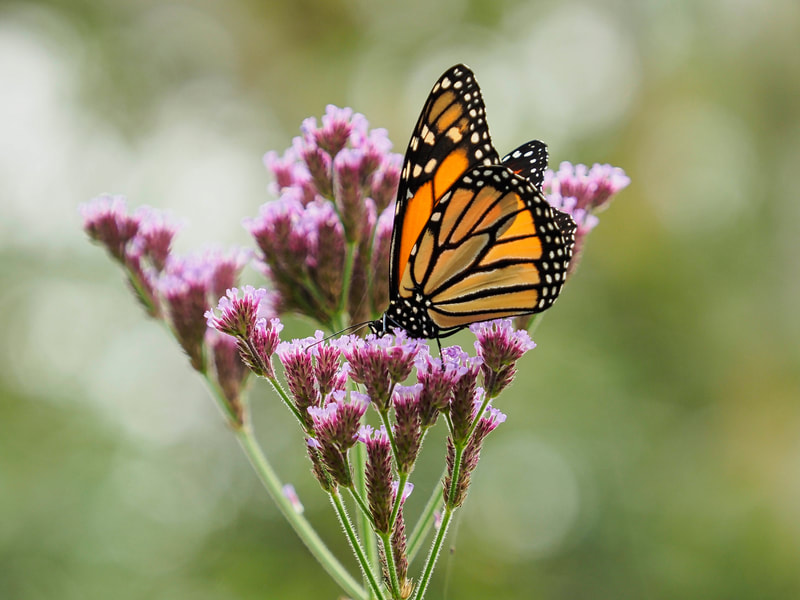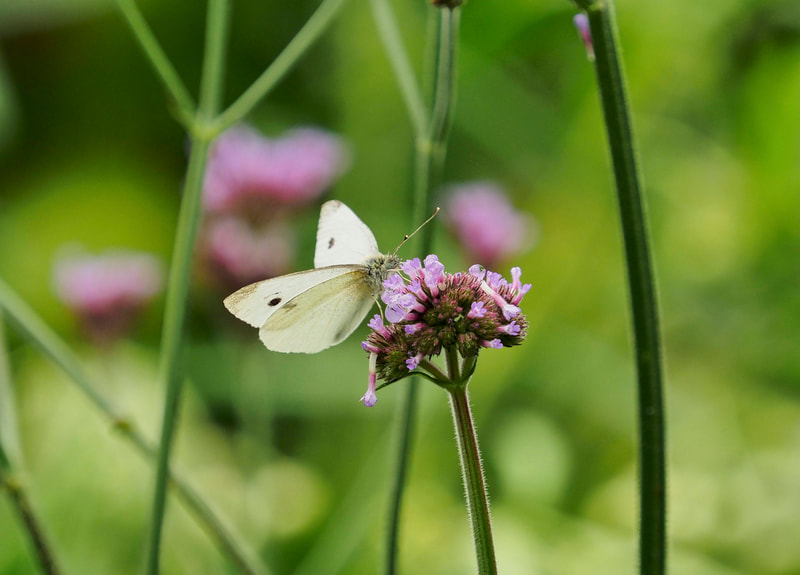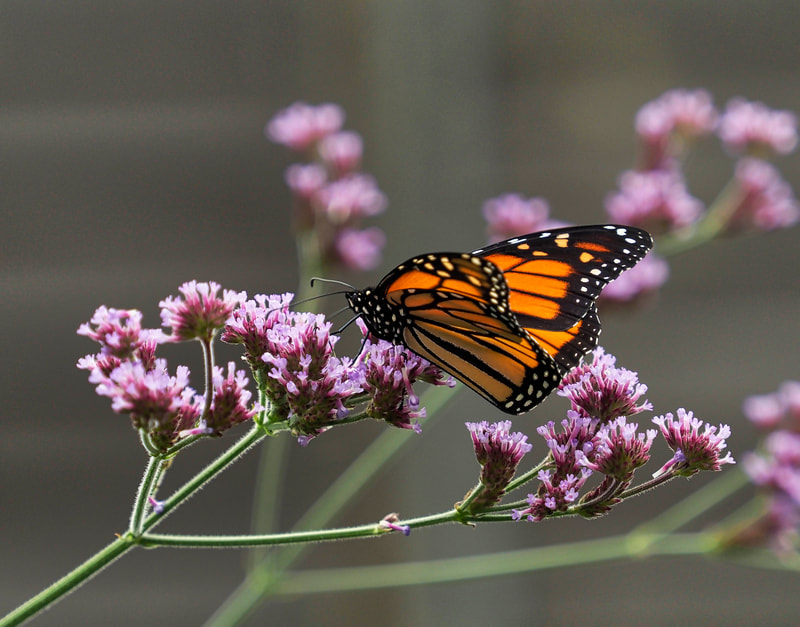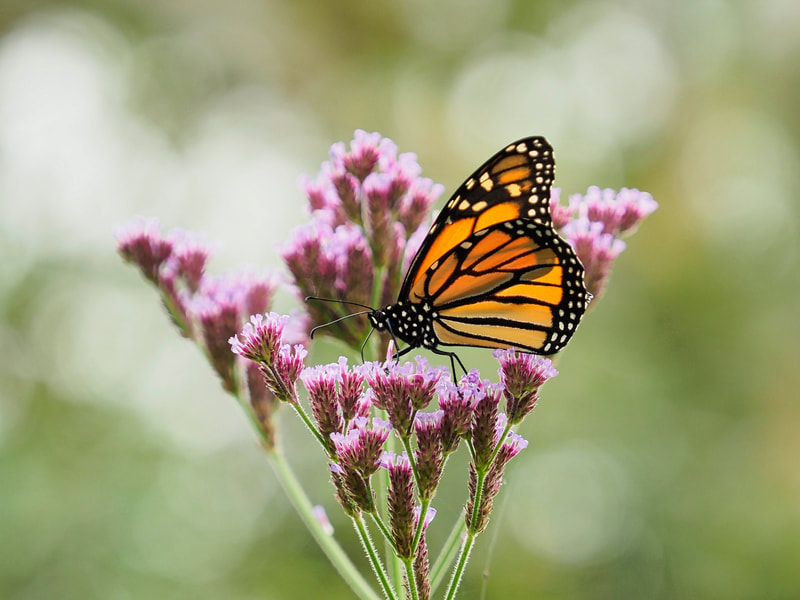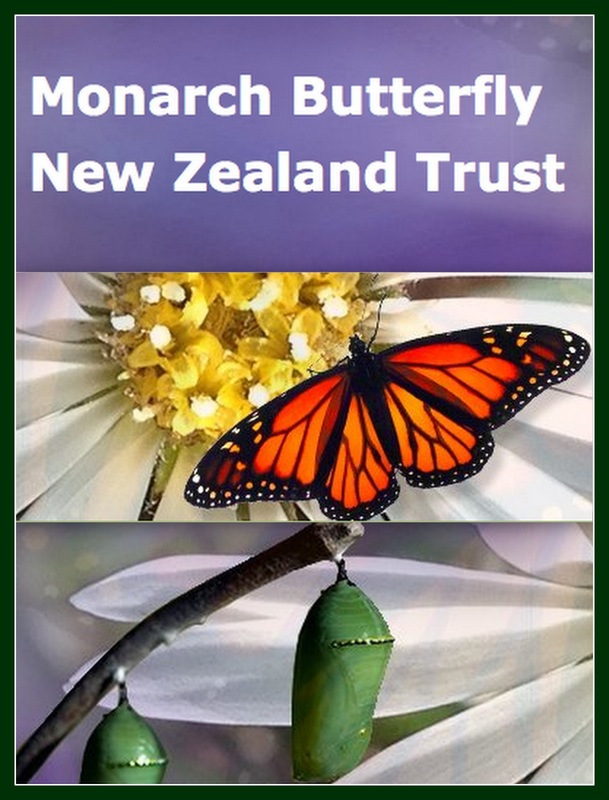A newly-formed Monarch caterpillar J fell down today.
Upon inspection I found that its silky button, that the J usually hooks into to hang, was poorly formed and clearly not strong enough to take the caterpillar through to creating its chrysalis.
I'd successfully done this before, so I got a cottonbud (perhaps known as Q-Tips in some countries?) and teased out the cotton end a little. Then I managed to hook the caterpillar's last two end feet into the teased out cotton and watched in wonder as the feet moved independently to more securely hook in (clever).
I then kept watch because I wanted to be there when the chrysalis formed, just in case that fell too. I watched as it went through the initial stages of moving things around inside the skin and eventually sucking in, and then out, with enough air to expand itself and split the outer skin from behind the head. Then the final process started, where it really moves things around quite violently (I call this the 'Houdini Process') and eventually pulls the chrysalis skin into its final position. To my express surprise and delight it didn't fall. Rather the cremaster (little black stalk at the top of the chrysalis) hooked itself into the cotton fibres of the cottonbud (see my photo above).
Later, when I thought the chrysalis had firmed (they are soft for some time and shouldn't be handled in case of damaging the butterfly inside) I glued the cremaster more firmly to the cottonbud with hot melt glue (see last photo below), being careful not to get the glue onto any part of the chrysalis itself.
Now it sits there safely, for the next 10 (or so) days, until the butterfly emerges.
A really good result but, wow, how clever is that little creature?
Click on the first picture and then click through the others in sequence....................

